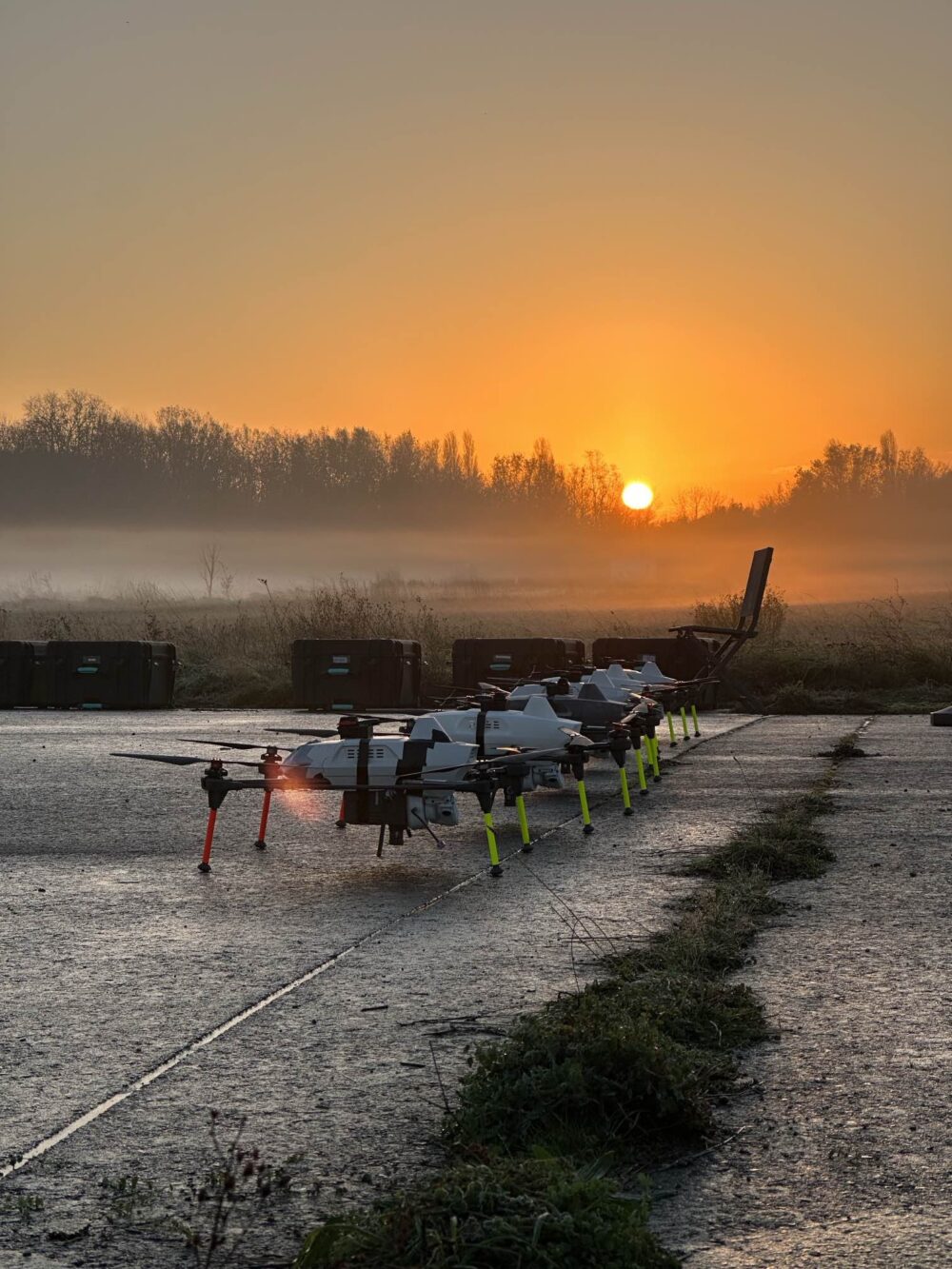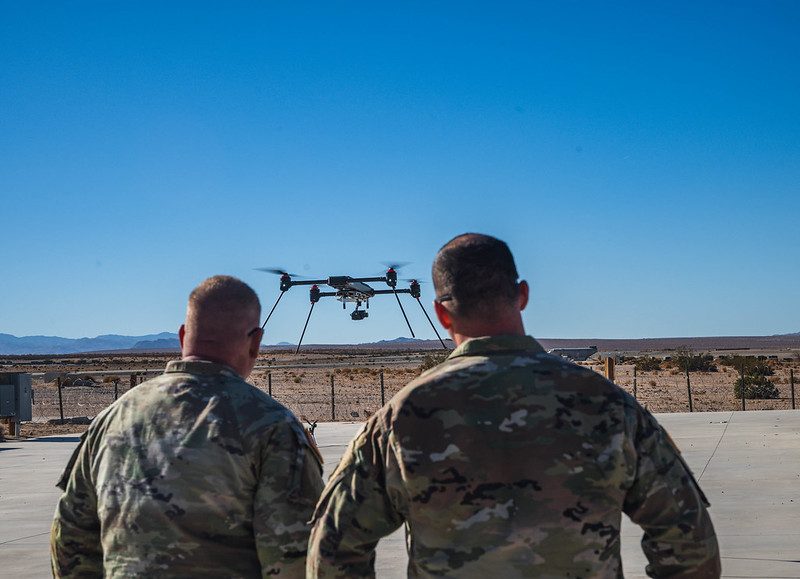
Combined Alerts from Public and Personal Sectors at AUVSI New England Summit
The Superior Air Mobility (AAM) business faces a funding shift as enterprise funding declines however public curiosity rises. On the AUVSI New England UAS and AAM Summit in Cambridge, Massachusetts, specialists gathered to debate the state of AAM funding. With a convention theme of “If We Construct It, Will They Come?”, the panel explored why non-public buyers hesitate and the way public funds might play a vital function in supporting AAM infrastructure and operations. The dialog provided a grounded perspective on the way forward for AAM, highlighting each the challenges and the alternatives that lie forward in reaching widespread adoption and integration.
The Funding Panorama: Personal Sector Warning, Public Sector Curiosity
Moderated by Dr. Kerry Buckley from MITRE, the panel included business leaders discussing a notable shift. After a virtually 50% drop in enterprise funding from 2022 to 2023, enterprise capital in AAM has continued to say no in 2024. In distinction, authorities curiosity and funding have accelerated globally, together with within the U.S., the place states are starting to check pilot applications.
This shift creates an obvious contradiction in indicators. Jim Graham, Senior VP at Delta Connection and CEO of Endeavor Air, spoke to the problem of integrating AAM into established aviation methods. “We have to meet the identical reliability and security requirements as essential airways,” Graham emphasised, including that for AAM to succeed, it should function in all climate and deal with regular passenger movement, like in the present day’s airways. He famous that whereas AAM can allow new journey routes, reaching full reliability stays a big hurdle.
Completely different Visions for AAM: Public Wants and Industrial Objectives
The range of AAM’s potential functions complicates the funding panorama. Jeff Breunig, a Senior Supervisor at MITRE’s UAS and AAM sector, famous that every state might pursue completely different use instances, from business to public providers like medical transport in distant areas. “Should you’ve seen one state, you’ve seen one state,” Breunig remarked, highlighting the broad spectrum of AAM’s potential functions throughout the U.S. He additionally acknowledged that the business’s viability is determined by assembly native calls for and guaranteeing that service supply matches public wants.
For buyers like Stacy Swider of Mass Ventures, the enchantment of AAM lies in its potential to deal with mobility wants whereas balancing danger and reward. Swider suggested corporations to “chunk off one factor at a time” and intention to determine a gentle income stream earlier than increasing. “You want protectable IP, a aggressive edge, and a stable crew,” she famous, underscoring the significance of sustainability in AAM ventures. As Swider identified, AAM’s major competitors isn’t different AAM corporations however established journey choices like vehicles and trains, which supply excessive reliability and affordability.
Infrastructure and Operational Challenges
Graham and Breunig agreed that AAM should supply a seamless consumer expertise to succeed commercially, requiring reliable infrastructure. Graham famous the necessity to set up cost-effective routes with constant service, which suggests “flying all day lengthy, backwards and forwards.” He highlighted the significance of retaining working prices manageable and integrating AAM inside present air journey hubs, a posh activity given the present congestion at main airports.
Swider added that AAM’s infrastructure challenges lengthen to constructing viable vertiports and coaching a workforce that may maintain high-tech operations. She questioned whether or not sure areas might assist charging stations and fireplace security measures for electrical AAM autos, including that clear public acceptance will probably be obligatory. Swider prompt that corporations might discover conventional engines as an entry level earlier than transitioning to electrical—an easier, probably worthwhile path whereas the expertise matures.
Breunig raised an viewers query about AAM’s potential to deal with the transportation gaps in rural areas. For communities that may’t assist 50-seat plane, AAM might present much-needed connectivity, he famous, although it will require sturdy partnerships with state and federal governments. Swider echoed the significance of those collaborations, noting that some small communities may gain advantage from public-private partnerships to assist bridge the “white area” of unmet demand.
A Path Ahead: Public Funding and Lengthy-Time period Viability
The panel concluded that whereas AAM holds nice promise, it should seemingly take time and continued public funding to attain business viability. Present expertise limits should be addressed for AAM to turn into a mainstream journey possibility.
The business’s future might depend upon partnerships between governments and personal entities to construct the required infrastructure and assist early operations. With state and federal funding, AAM might at some point attain the dimensions wanted to turn into a viable transportation various within the U.S. Nonetheless, till corporations can ship the reliability and affordability required, the query stays: if we construct it, will they arrive?
Learn extra:
Need DRONELIFE information delivered to your inbox each weekday? Enroll right here.
Miriam McNabb is the Editor-in-Chief of DRONELIFE and CEO of JobForDrones, knowledgeable drone providers market, and a fascinated observer of the rising drone business and the regulatory surroundings for drones. Miriam has penned over 3,000 articles centered on the business drone area and is a world speaker and acknowledged determine within the business. Miriam has a level from the College of Chicago and over 20 years of expertise in excessive tech gross sales and advertising for brand spanking new applied sciences.
For drone business consulting or writing, E-mail Miriam.
TWITTER:@spaldingbarker
Subscribe to DroneLife right here.







